A Beginner’s Guide to Watch Case Finishes
When it comes to choosing a watch, the case finish is one of the most important considerations. It’s the first thing that catches your eye and sets the tone for the overall design of the watch. But with so many different finishes available, it can be overwhelming to know which one to choose.
In this beginner’s guide to watch case finishes, we’ll take a closer look at the most popular options and what you need to know about each one. Whether you’re looking for a classic and understated finish or something more bold and modern, this guide will help you make an informed decision.
Contents
What is finishing?
Finishing is a surface treatment of a material that makes it look attractive and gives it an extra level of protection.
The Benefits of Finishing a Watch Case
The finishing of a watch case goes beyond aesthetics and plays a significant role in the overall quality and durability of the timepiece. The process of finishing involves carefully treating and refining the surface of the case, resulting in several benefits.
1. Enhances the aesthetic appeal of the watch: A well-finished watch case can significantly enhance the overall look and feel of the timepiece, making it more visually appealing to the wearer and others.
2. Provides protection against wear and tear: Finishing a watch case can provide an extra layer of protection against scratches, dents, and other types of damage that can occur over time.
3. Improves durability and longevity: A properly finished watch case can also improve the durability and longevity of the watch, helping it to withstand the rigors of daily wear and use.
4. Adds value to the watch: A well-finished watch case can increase the value of the watch, particularly if it has been done by a skilled craftsman or is part of a limited edition or high-end luxury watch.
5. Offers customization options: Watch case finishing can also offer a range of customization options, allowing wearers to create a unique look and feel for their timepiece that reflects their individual style and personality.
Types of Watch Case Finishes
When it comes to watch case finishes, there are several options available, each with its own unique benefits. Let’s explore some of the common types:
Polished Finish:
The polished finish is the most common type of finishing and it’s what you’re likely to see on most watches. It’s a layer of polish that has been applied to the surface of the case, giving it a shinier appearance. One of the benefits of the polished finish is that it’s easy to care for. All you need to do is keep the watchcase clean with a good-quality polishing cloth, and you’ll be able to keep it looking great for years.
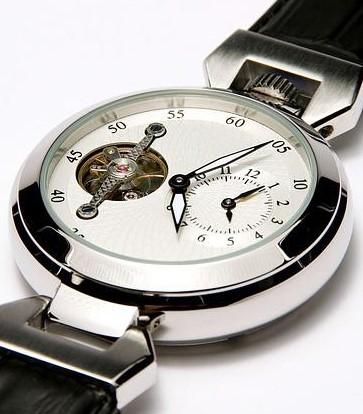
One downside of the polished finish is that it can be a bit sensitive to scratches. If you accidentally hit the watch with something hard, it might be able to scratch the finish.
Matte Finish:
The matte finish is similar to the polished finish in that it’s a layer of polish applied to the surface of the case. However, instead of being shinier, it has a matte look. The matte finish is popular on watches because it looks more natural. It’s also less sensitive to scratches than the polished finish.
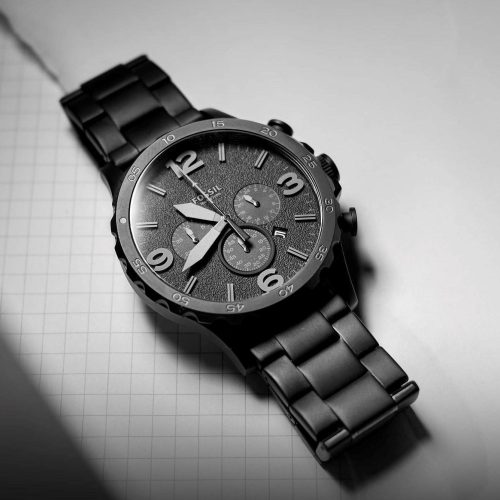
One downside of the matte finish is that it can be a bit difficult to keep clean. The polish tends to wear off quickly, so you’ll need to regularly clean the case with polishing cloth if you want it to look good.
Satin or Brushed Finish:
The satin or brushed finish is produced by polishing the metal with a 120–180 grit belt or wheel, then softening with an 80–120 grit greaseless compound or a medium non-woven abrasive belt or pad. It’s usually less shiny than the polished finish, and it has a slightly more antiquated look.
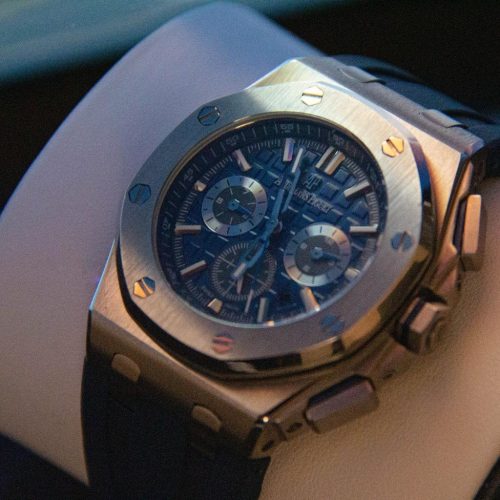
The brushed finish is popular on vintage watches because it gives the watch a more antique look.
Sand & Bead Blasted Finish:
Sandblasting is a process that uses high pressure to blast materials against a surface. This is done to remove any roughness or surface imperfections on the surface. Bead blasting is a process that uses fine glass beads to remove surface deposits. The beads are applied at high pressure, without damaging the surface.
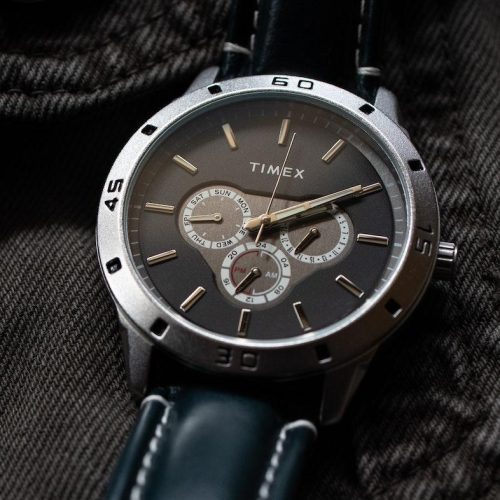
This type of finish mostly appears on tourbillons and other rotatable parts on watches. It has a very rough appearance and is usually used on watches that are intended to be rugged (such as dive watches).
PVD, DLC, & Other Coatings:
Aside from the finishes mentioned above, other types of finishes used on watch cases include PVD (physical vapor deposition), DLC (diamond-like carbon), and other coatings. PVD (physical vapor deposition) coating, also known as thin-film coating, is a process in which a solid material is vaporized (turned into a gas) in a vacuum and then deposited on the surface of another material.
DLC (diamond-like carbon) is a nanocomposite material with diamond-like properties. When applied to a watch case’s surface, it creates a tough, durable finish that is resistant to scratches and corrosion.
Another type of coating that is used on watch cases is the electroplating coating. This involves painting one metal onto another by hydrolysis (the breaking down of an organic compound into smaller molecules) and then using an electric current to create a metal bond. Electroplating is used as a protection against corrosion and to give the desired color.
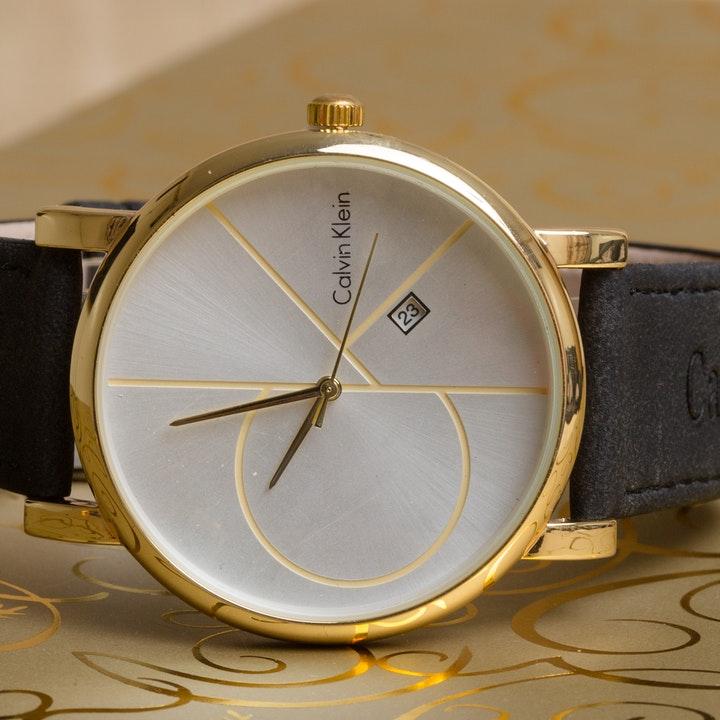
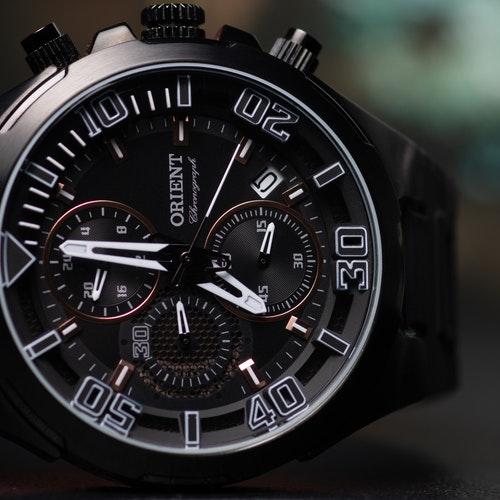
The different types of finishes used on watch cases can be a bit confusing, but they all have one common goal: to make the case look nicer and more durable.
Conclusion
In conclusion, the finish of a watch case is not only important for its aesthetics but also for its durability and longevity. With so many different finishes available on the market, it’s essential to understand the benefits and drawbacks of each one to make an informed decision when purchasing a watch. Whether you prefer the classic look of a polished finish or the rugged appeal of a brushed finish, the right watch case finish can enhance the overall look and feel of your timepiece. So, take your time, explore the options, and choose the finish that best fits your style and needs.
If you have any questions or concerns about this article, feel free to share them with us in the comment section below. We will get back to you as soon as possible.